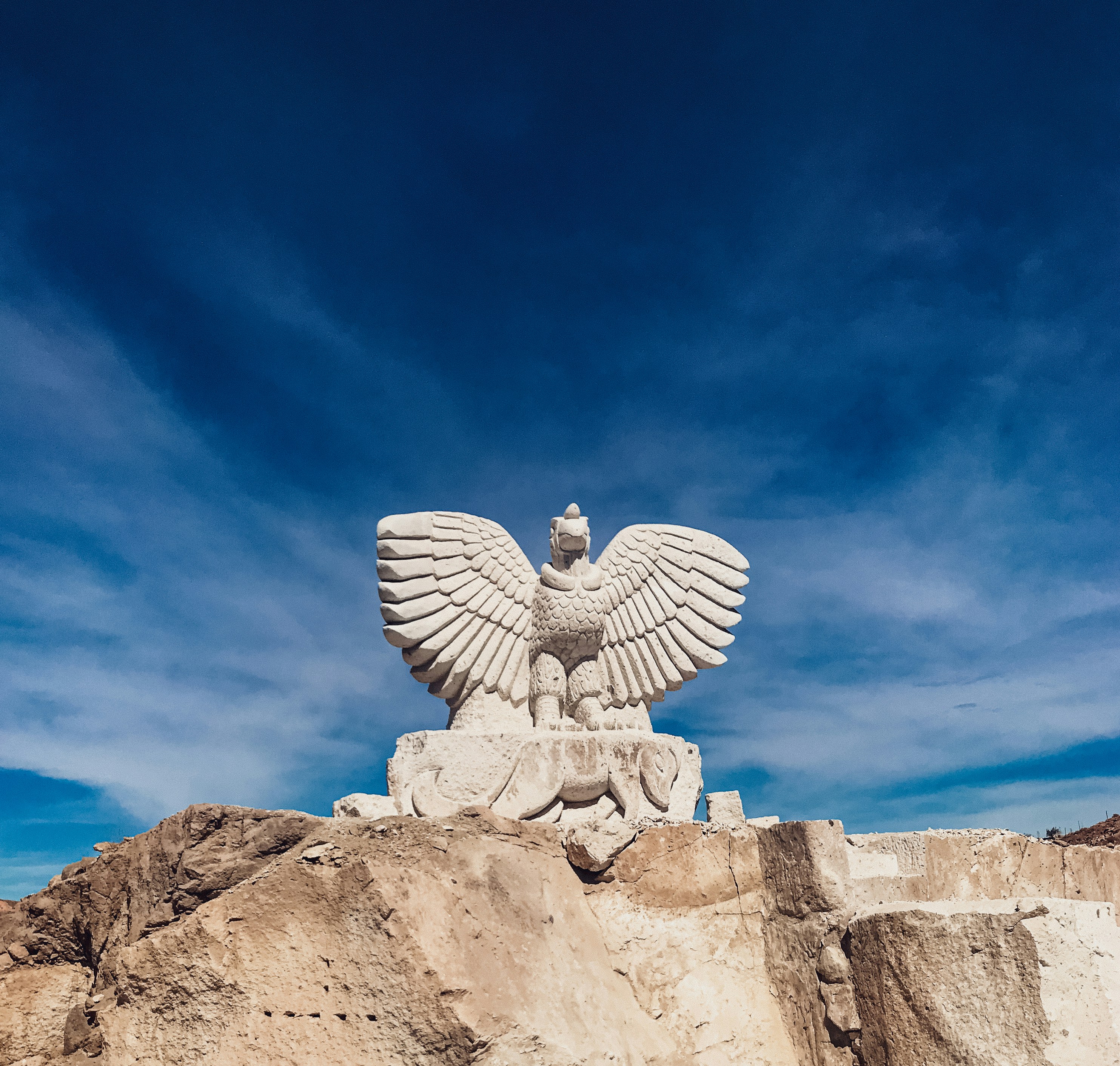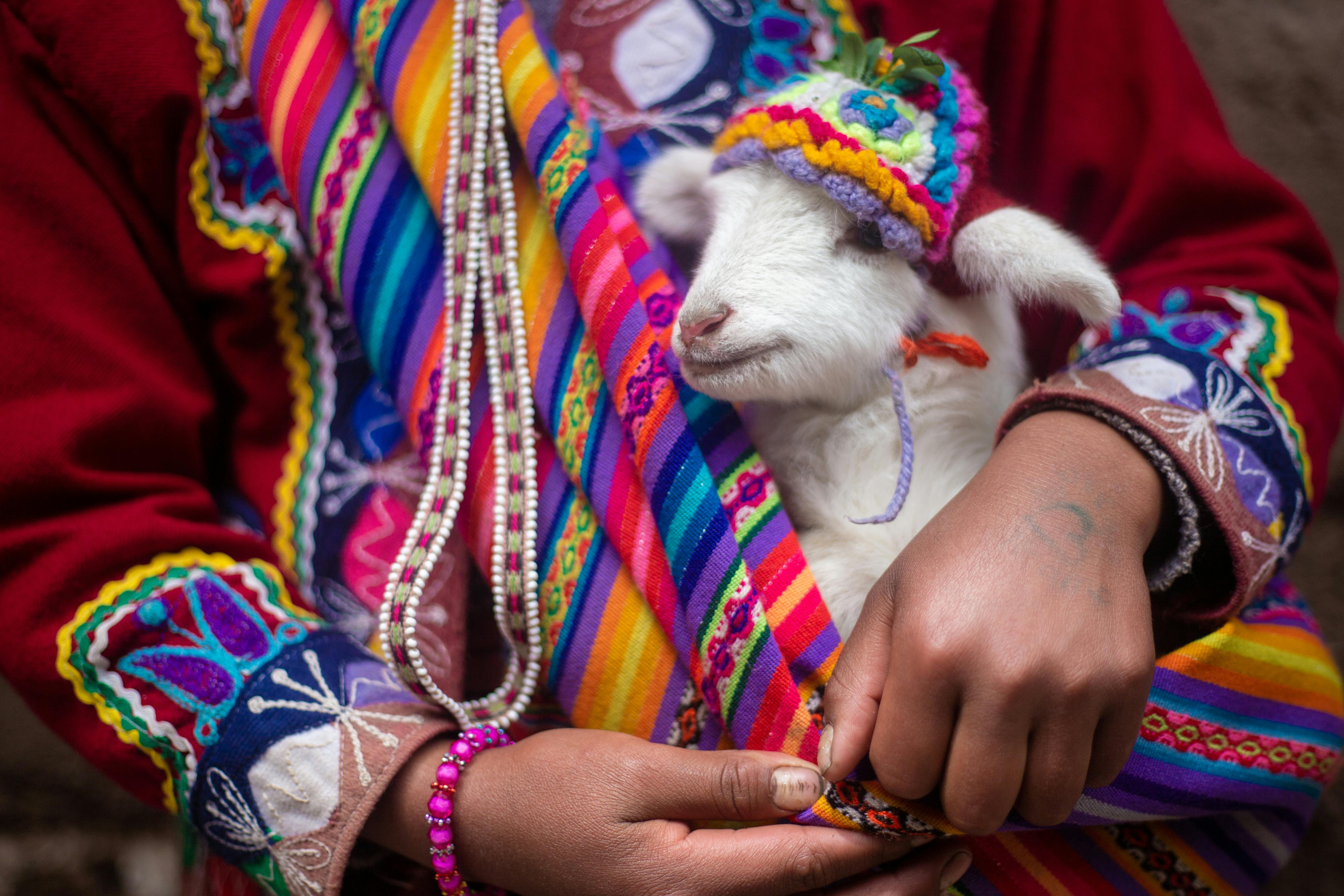
Peru's culture is a rich blend of indigenous traditions and Spanish
influences. From
colorful festivals to traditional dances, Peru's
heritage is celebrated year-round
in cities and villages alike.
Music and food play a vital role in daily life, with instruments
like the pan flute and dishes like ceviche symbolizing the nation's
identity. Here,
you can get a summary of some events, some
traditions, some foods, and the general
gist of Peruvian culture!
Peru is celebrated worldwide for its extraordinary culinary diversity, blending indigenous traditions with Spanish, African, Chinese, and Japanese influences. Ceviche, the country's iconic dish, features fresh raw fish marinated in lime juice, spiced with chili peppers, and served with sweet potatoes and corn. Other famous specialties include lomo saltado, a savory stir-fry of beef, tomatoes, onions, and French fries, and ají de gallina, a creamy chicken dish enriched with walnuts, cheese, and Peruvian yellow peppers. Peru's desserts, like mazamorra morada made from purple corn, are equally cherished for their rich flavors and local ingredients.
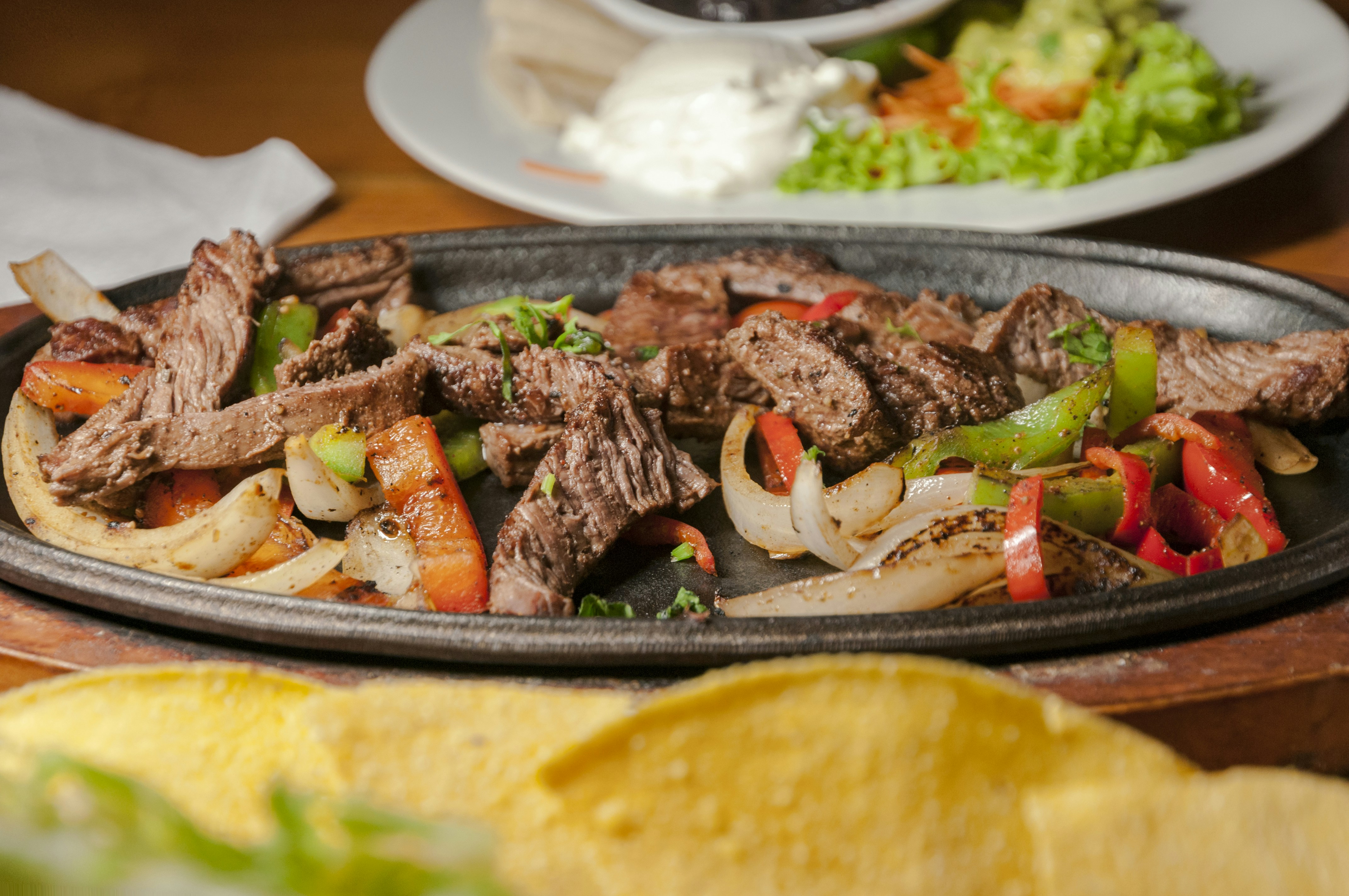
Street food culture thrives in cities and villages alike. Vendors serve anticuchos — marinated beef heart skewers grilled over open flames — alongside tamales, fried yucca, and picarones, which are doughnut-like pastries drizzled with spiced syrup. The country's beverage traditions are also unique, with chicha morada, a sweet drink made from purple corn, and pisco sour, a national cocktail made with pisco brandy, lime juice, egg white, and bitters.
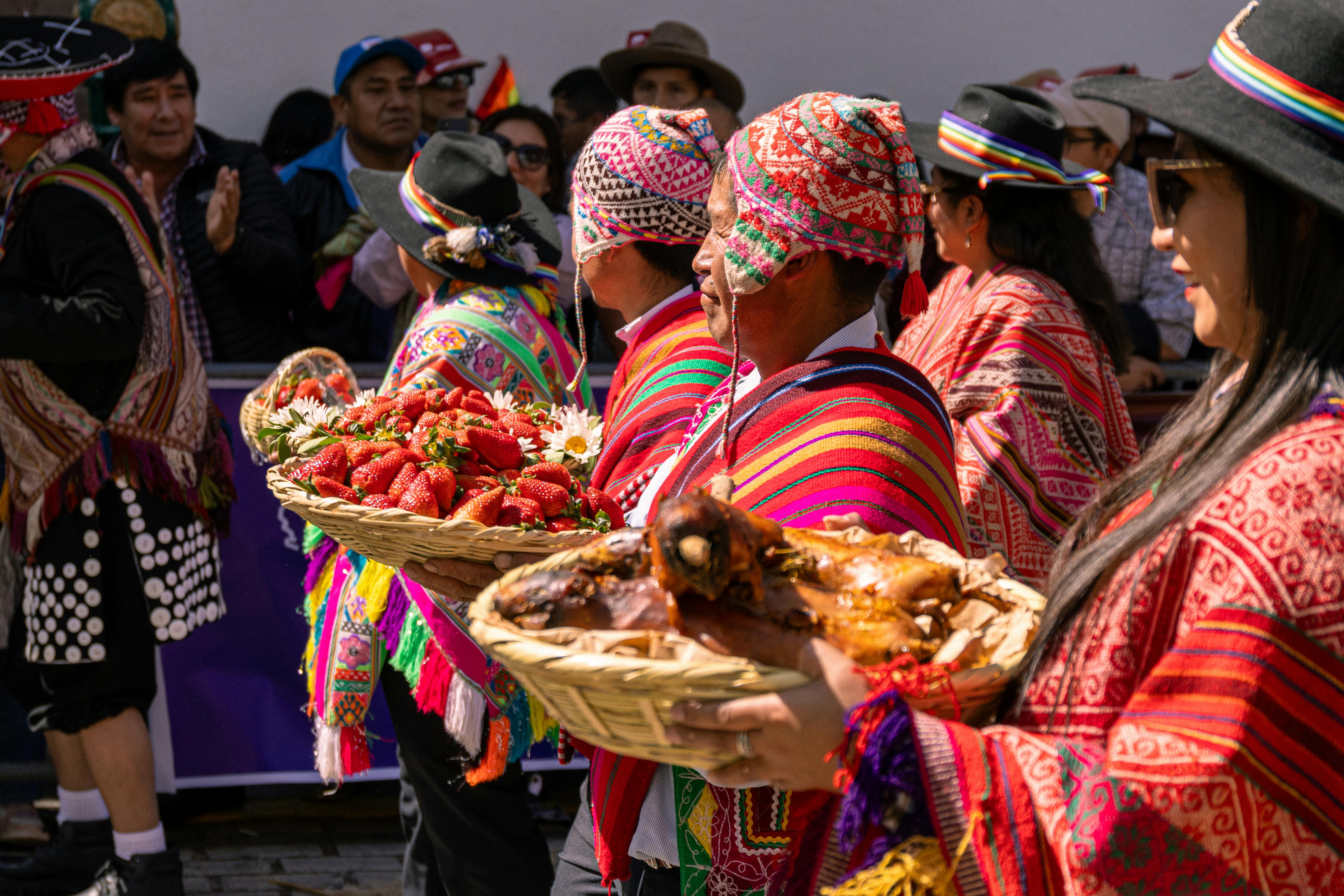
Peruvians take great pride in their festivals, which are vibrant reflections of religious devotion, agricultural cycles, and historic customs. The Inti Raymi festival, held every June in Cusco, reenacts Incan rituals honoring Inti, the sun god. Thousands gather to watch costumed dancers, musicians, and actors parade through ancient streets and perform ceremonies at the Sacsayhuamán fortress. During February's Carnival, towns across the country burst into celebration with water fights, bright costumes, music, and regional dances. You can learn more about Cusco on our Cusco page!
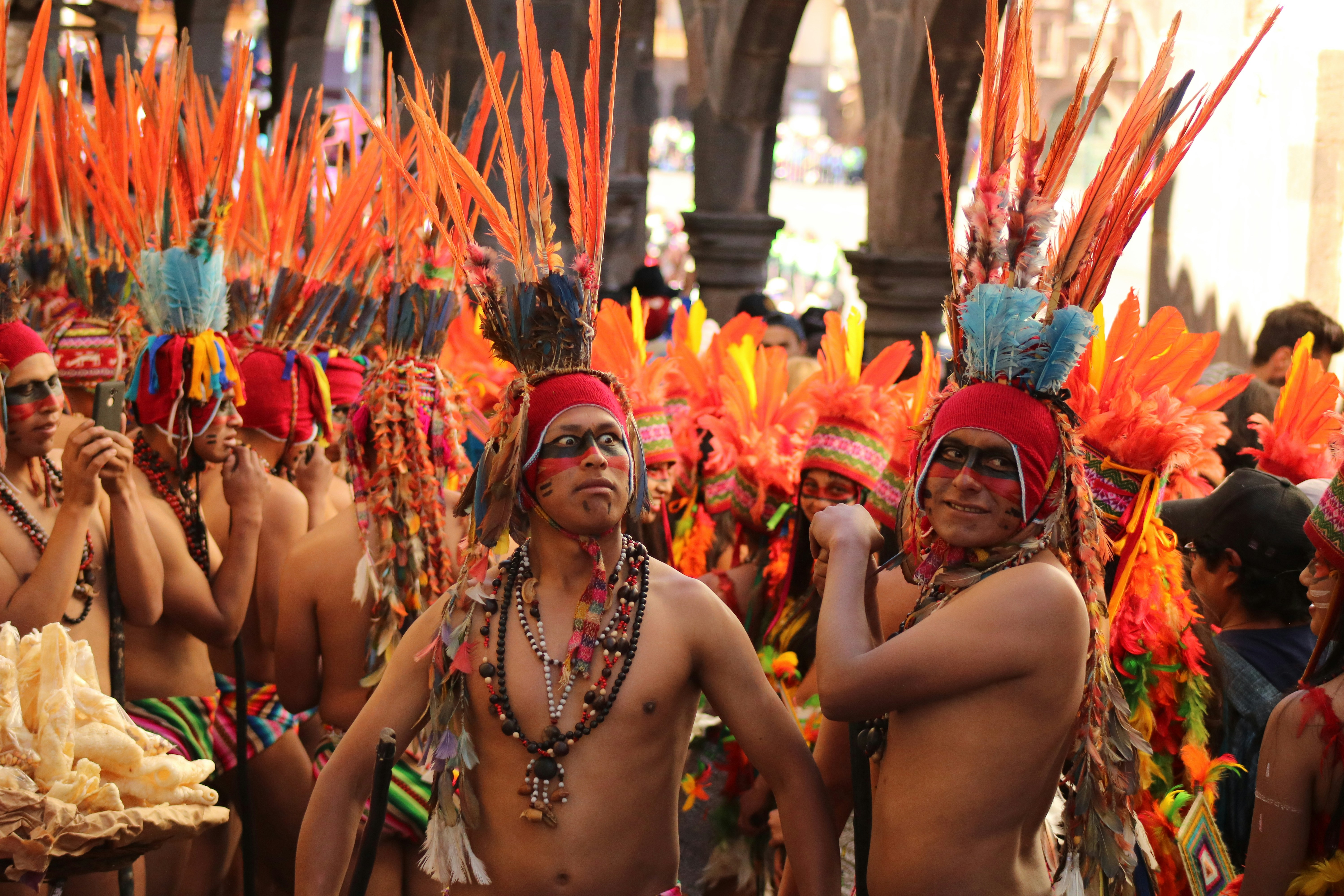
Among the most significant religious events is the Lord of Miracles procession in Lima. Each October, massive crowds dressed in purple accompany a centuries-old mural of Christ through the capital's streets. It's considered the largest Catholic procession in South America, drawing believers from across the country and abroad. Other beloved events include the Virgen del Carmen in Paucartambo and Corpus Christi in Cusco, which feature elaborately dressed saints, traditional dances, and lively music.
Dance is a central aspect of Peruvian identity, serving as both entertainment and a way to honor cultural roots. The Marinera, known as Peru's national dance, symbolizes courtship and flirtation between a couple, who move gracefully while waving handkerchiefs in the air. The Huayno, a highland favorite, blends indigenous rhythms with Spanish melodies and is often performed at weddings, festivals, and family gatherings. Its quick, bouncing steps reflect the spirit and resilience of Andean communities.
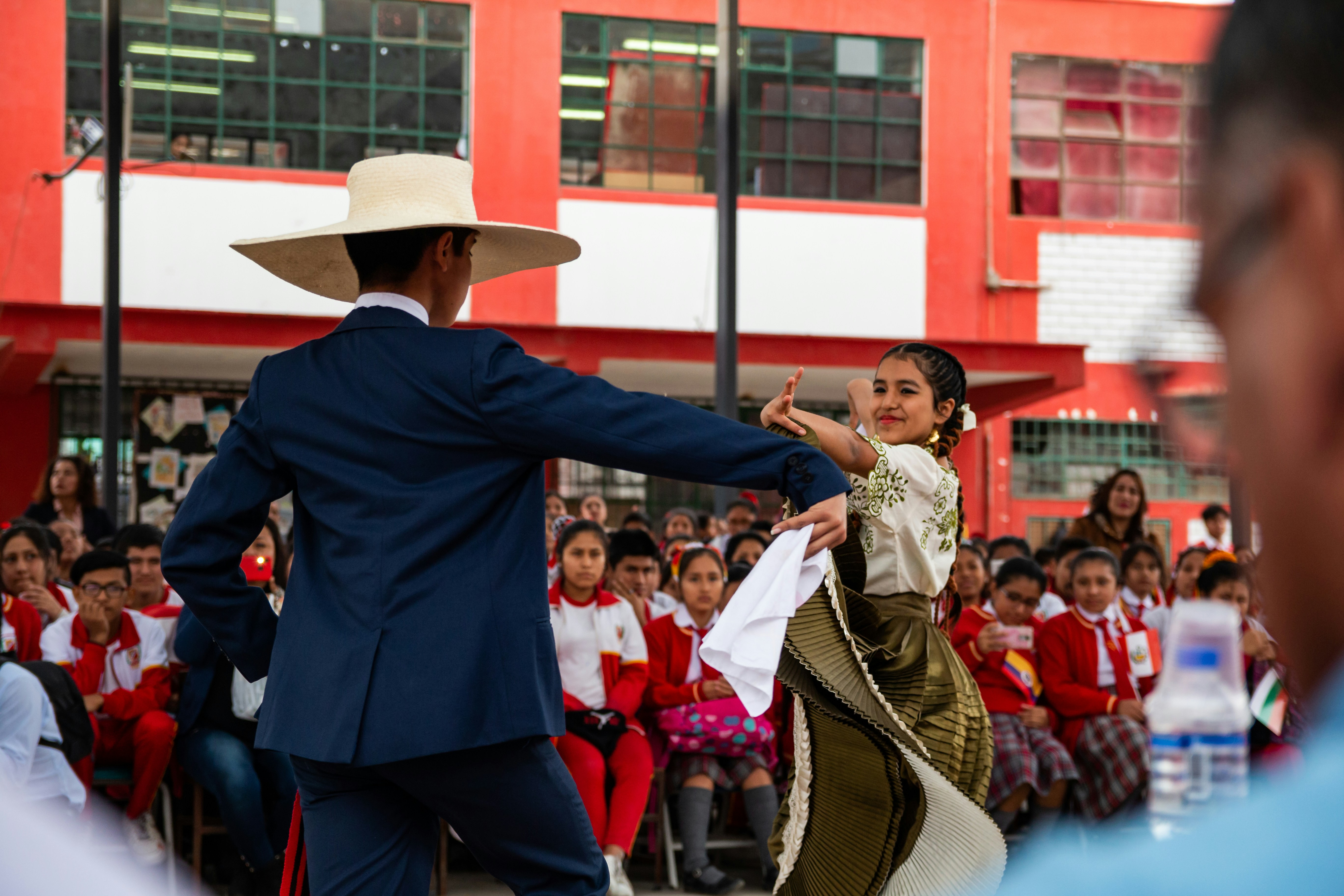
Coastal Peru celebrates its African heritage through the Festejo and Landó, energetic dances accompanied by cajón drums, guitars, and clapping. The central highlands feature the Scissors Dance (Danza de las Tijeras), a competitive and acrobatic performance where dancers display feats of balance, agility, and stamina while holding iron scissors in each hand, often performing for hours as a test of endurance and devotion.
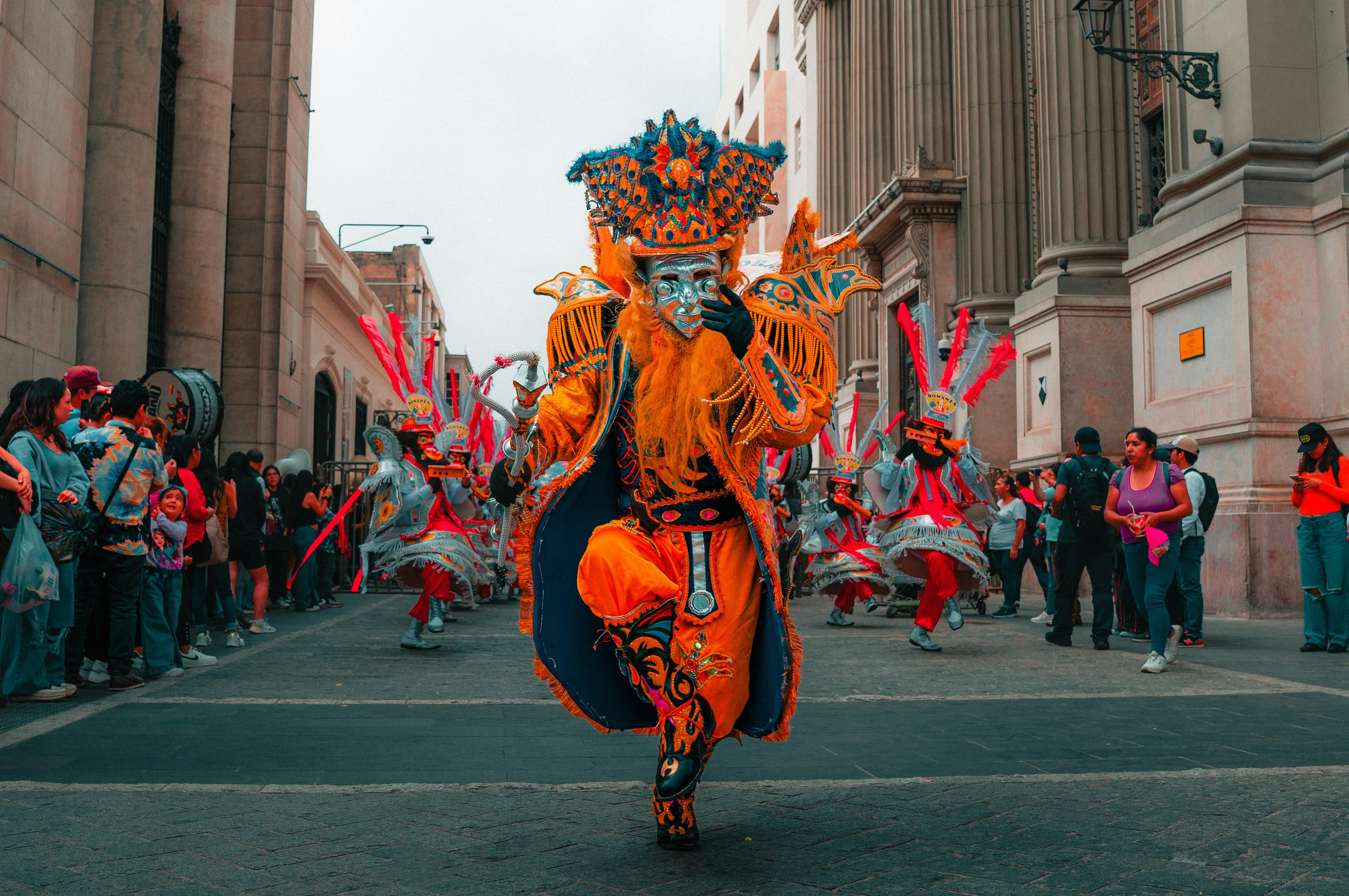
Peruvian traditional clothing is a vivid expression of regional identity and cultural pride. In the high Andes, women wear brightly colored, layered skirts called polleras, often embroidered with intricate patterns representing nature, animals, and spiritual beliefs. These are paired with elaborately decorated blouses and shawls known as llicllas, which are fastened with silver or bone pins. Men commonly wear woolen ponchos in bold colors and chullos — distinctive earflap hats made from alpaca or sheep's wool to guard against the cold mountain air.
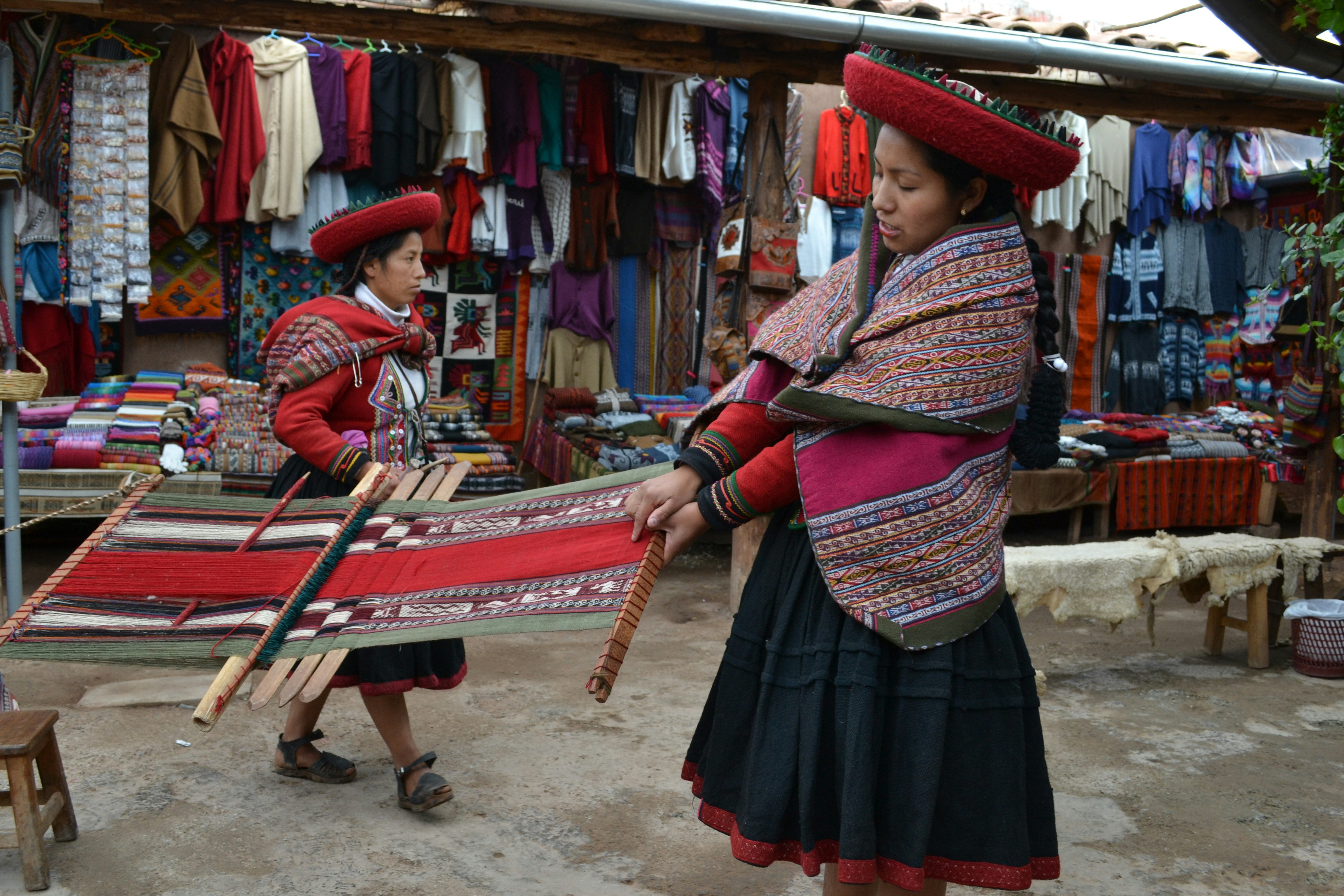
Each village has unique color palettes and motifs, with designs and weaving techniques passed down through generations. In the Amazon, traditional attire incorporates feathers, seeds, and natural fibers, reflecting the deep connection between Indigenous groups and the rainforest. Even in modern cities, traditional garments remain an essential part of religious festivals and folk celebrations, symbolizing continuity and respect for ancestral ways of life.
Peru's artistic traditions are rooted in thousands of years of history, from the pre-Incan civilizations to contemporary artisans. The Andean regions are renowned for their textiles, woven from alpaca, llama, or vicuña wool using natural dyes made from plants, minerals, and insects. Artisans craft vibrant blankets, scarves, and garments featuring geometric and symbolic designs that tell stories of mythology, agriculture, and family lineage.
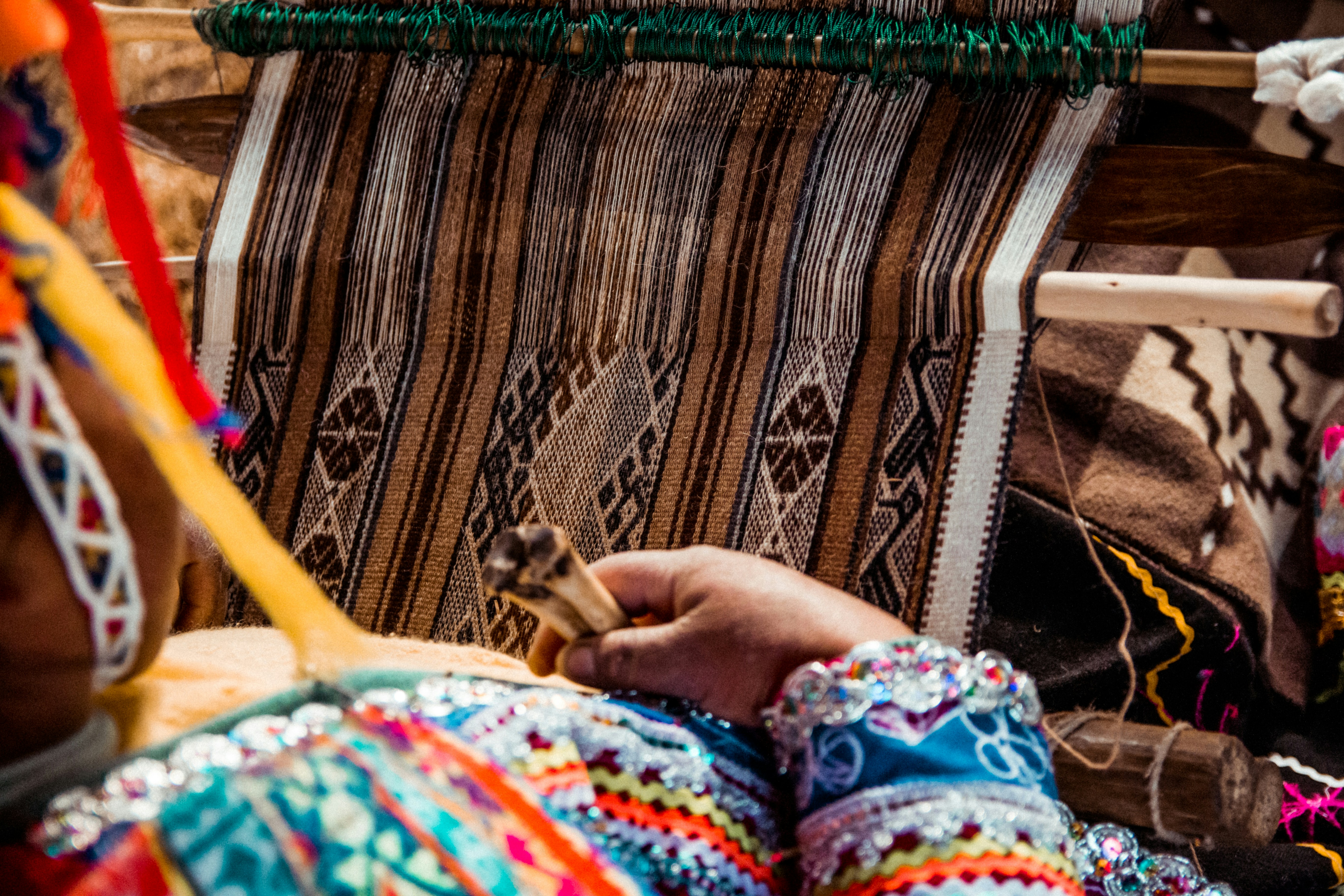
In addition to textiles, Peru is famous for its pottery, silverwork, and wood carvings. Cusco and Ayacucho produce detailed retablos — portable altarpieces depicting religious scenes, legends, and everyday life inside brightly painted wooden boxes. In Lima and Arequipa, silversmiths create finely detailed jewelry, while the Amazon's Indigenous communities produce baskets, musical instruments, and ceremonial masks from forest materials. These handicrafts are cherished not just as souvenirs, but as living expressions of Peru's rich cultural heritage.
